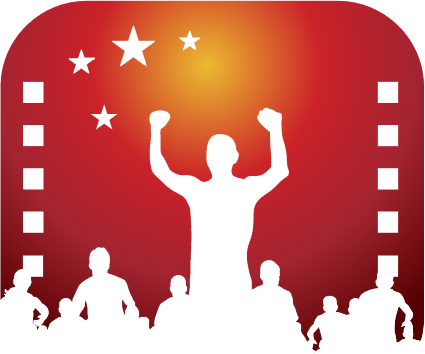The landscape of Korean television has undergone a seismic shift in the wake of the COVID-19 pandemic, and directors like Jooyoung Ahn are at the forefront, pushing the boundaries of conventional storytelling. Ahn’s latest creation, “S Line,” is not just another show in the rapidly expanding universe of K-drama; it embodies the merger of innovative ideas and a deep exploration of societal complexities. In a recent discussion, Ahn articulated the dizzying speed of change within the industry, describing it as “crazy.” The increase in demand for K-drama, spurred by international platforms like Netflix, is reflective of a cultural phenomenon that goes beyond mere entertainment. It represents a global hunger for diverse viewpoints and unique narratives.
This thirst for innovation feels even more pertinent as streaming services pour billions into Korean content. The commitment from platforms like Netflix has propelled K-drama to the forefront of international television, yet questions linger about sustainability. Ahn’s observations about the “oversupply” of content highlight an inherent tension within this growth. While viewership remains robust, the influx of shows creates a saturated market where only the most original ideas will thrive.
Breaking Societal Boundaries with “S Line”
“S Line” tackles the complexities of human connection through a dystopian lens. Centered around a protagonist who can literally see the “red lines” that connect people based on sexual relationships, Ahn utilizes this metaphor to dive into themes of sexual shame, technology’s perils, and societal norms. The narrative tracks Hyun-heup, played by the talented K-pop star Arin, and her quest to prevent a societal breakdown sparked by the commercialization of a technology that grants others access to this once-hidden knowledge.
This thematic core is both refreshing and controversial, engaging with subjects that are often deemed taboo, particularly in Eastern cultures. Ahn’s apprehension about international reception underscores a significant cultural divide; Western audiences may approach sexual themes with an openness that Eastern viewers traditionally do not. Yet, it is precisely this audacity that could carve out a new space for K-drama globally. As Ahn pointed out, “what’s important is what you can draw from the themes that serve people’s common interest.” By addressing the unspoken tensions within relationships and sexuality, “S Line” is positioned as a pivotal work that could redefine boundaries in K-drama.
The Art of Adaptation
Adaptation plays a crucial role in the storytelling approach of “S Line.” While it is based on a webtoon, Ahn and her creative team have taken significant liberties to enhance the narrative complexity. This divergence from the source material exemplifies a broader trend in K-drama; creators are mixing genres, themes, and styles to create something that resonates more deeply with contemporary audiences. It’s a balancing act—honoring original works while infusing new life into them, and Ahn seems to navigate this medium adeptly. The need for innovation in storytelling serves as a reminder that while certain subjects may be explored in one medium, they can be reinterpreted for modern sensibilities through another.
As “S Line” competes at Canneseries against various international offerings, Ahn’s work represents a leap toward more diverse storytelling. The show challenges viewers to reflect on the implications of transparency in human relationships, a modern dilemma exacerbated by our digital age. The emphasis on surveillance and technology aligns well with current societal anxieties, making the narrative not just relevant but essential.
Future Prospects and Global Reception
The global community’s acceptance of shows like “S Line” could signify an important cultural shift. Ahn’s efforts to present a fresh narrative grounded in universal themes of connection, identity, and societal fear encapsulate what contemporary audiences desire. The competitive atmosphere of festivals like Canneseries indicates that the world is eager for innovative storytelling that reflects the complexities of human existence.
The anticipation surrounding “S Line,” especially as it navigates the intricate dynamics of desire, connection, and societal norms, creates an exciting possibility for future K-dramas. As the industry continues to evolve, Ahn’s work could pave the way for more shows that bravely address the crux of human relationships, moving away from traditional tropes toward a fresh and engaging narrative landscape. With the demand for K-drama on the rise, it’s clear that shows like “S Line” are not just momentary flashes but meaningful reflections of our times.


Leave a Reply